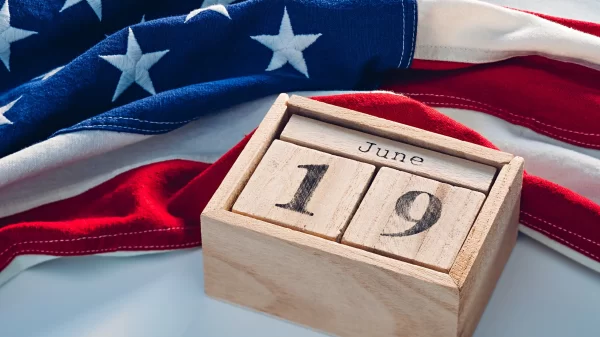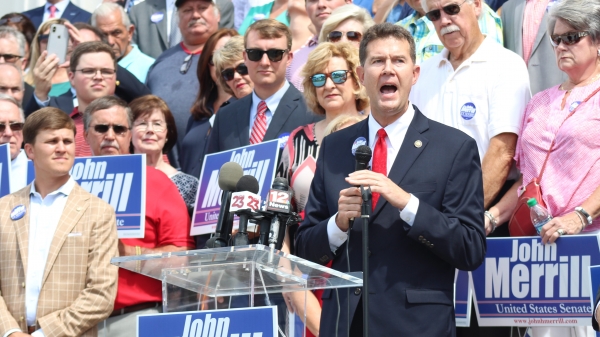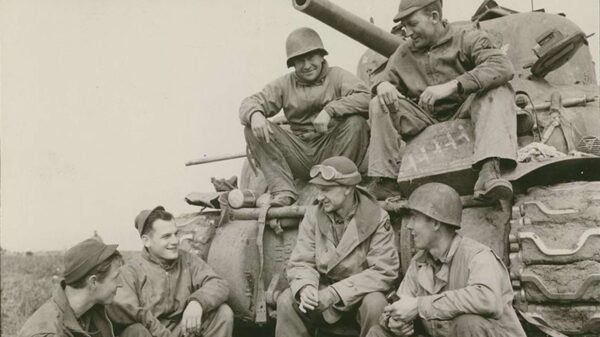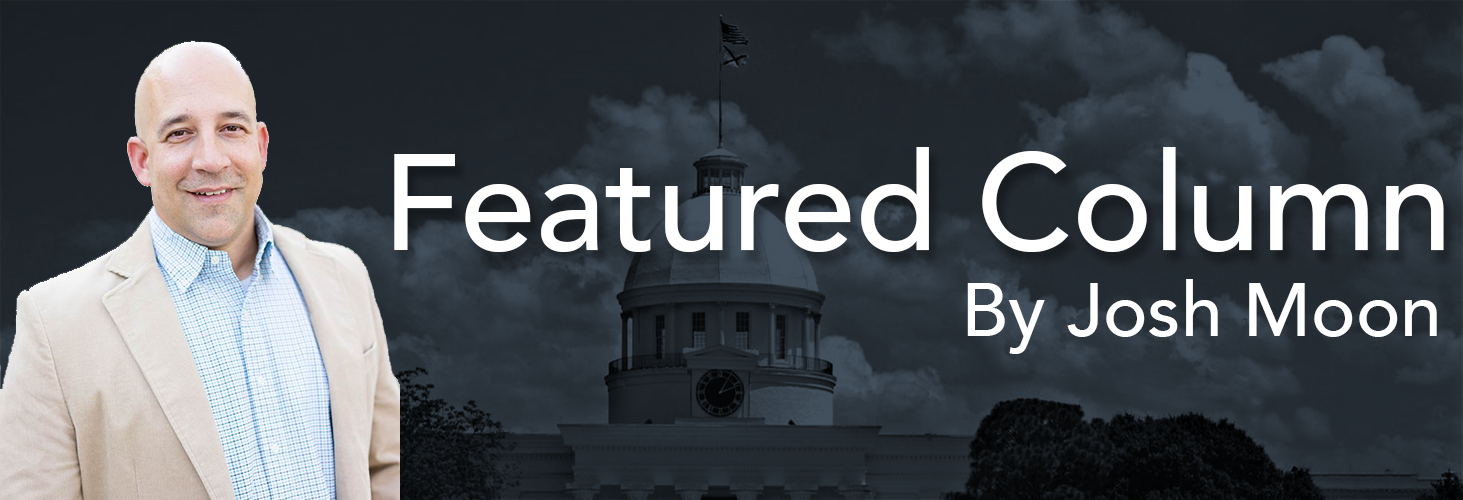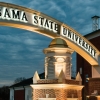By Josh Moon
Alabama Political Reporter
For the life of me, I can’t comprehend the trouble with the Steve Harvey contract at Alabama State University.
In case you don’t follow the daily happenings at Alabama’s oldest historically black college, last Friday, ASU’s board of trustees spent a significant portion of a meeting blasting Steve Harvey, the country’s biggest star, and his company, HarCal, for failing to pay the school what it’s allegedly owed from a promotions contract related to the Turkey Day Classic football game.
Last spring, now former president Gwendolyn Boyd signed a contract with HarCal – which is a collaboration between Harvey and Montgomery businessman Greg Calhoun (maybe you saw pics of the pair in Trump Tower a few weeks back, after their meeting with the current president). HarCal was to produce essentially a six-day festival around the TDC football game between ASU and Stillman.
There were several reasons that Boyd and ASU entered into this contract.
First and foremost, the school is broke and Harvey isn’t.
ASU has deep, deep financial issues, and historically, the TDC has been an event that kept the place operating in the black. That’s because the school does an odd thing: it packages its biggest game of the year – one played on Thanksgiving Day, complete with a downtown parade – with its homecoming festivities.
The Alumni love it. Most come back to Montgomery and spend the entire week in town, and the school caters to them by hosting a variety of concerts with musical acts and comedians in the days leading up to the game.
It’s a significant money-maker. Or it had been prior to recent years.
In 2013, Tuskegee officials decided to leave the game to instead participate in the Division II playoffs. Without the huge fan following from Tuskegee, the game’s attendance took a big hit.
Then, in 2014, Boyd made the terrible decision to move the game to the Saturday prior to Thanksgiving, and alumni attendance at all events dropped like a rock.
While all of this was going on, the university as a whole was dealing with a financial crisis manufactured by the governor’s office. (ASU was left to languish under a phony forensic audit that crippled its financial standing. Even when it became clear that no evidence of massive fraud would be found, no one from the governor’s office, which initiated the audit, or the attorney general’s office, which inherited it, stepped in to stop the destruction.)
So, you had a struggling event and no money to use to make it better.
In stepped HarCal with this promise: It would guarantee ASU $170,000 in profit (the average the school made off its previous two TDC games) and would front all of the money – up to $1 million – in order to bring in top-level entertainment for the surrounding events. In addition, Harvey would have a hand in promoting the events and the game.
In exchange for this, all profit brought in above the $170,000 would be split 80-20, with HarCal receiving the larger portion.
People hated it.
They screamed about the “unfair split” in revenue. They were critical of the “sweetheart deal” that Harvey got. Calhoun said anger about the contract even led school officials to kill a $1 million deal HarCal had arranged with NBC to broadcast the game as part of an HBCU package, along with Grambling-Southern, and bring Harvey’s “Family Feud” gameshow to Montgomery for taping.
I just don’t understand it.
Maybe I’m wrong, but ASU received the payday it expected in the $170,000 guarantee alone. Then, it brought in an extra 20 percent from acts and promotion that it never could have attracted to campus or paid for.
In what world is that a bad deal?
Look, I’m no financial guru and I’ll readily admit that maybe there’s a hole here I’m missing. I also know that there were rumblings that HarCal was using the TDC as first step to take over the Magic City Classic promotions, which would’ve been a huge shift.
But from what I’ve seen, this TDC contract seems fair and the events well executed.
It also seems like some at ASU, as they’ve done so many times in the past, are worried more about where a good idea comes from than the fact it was a good idea.












